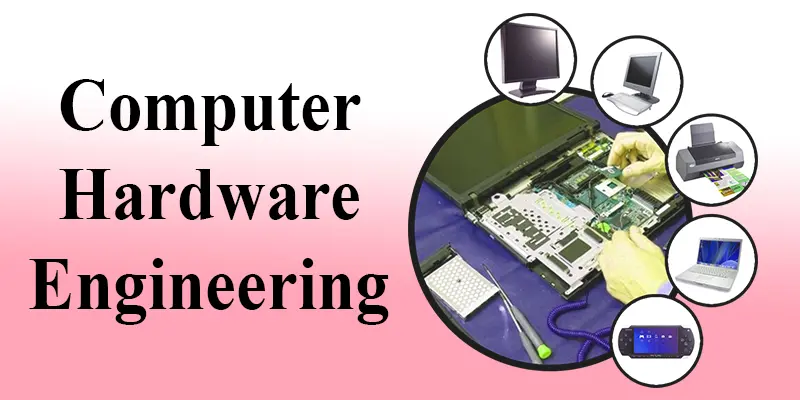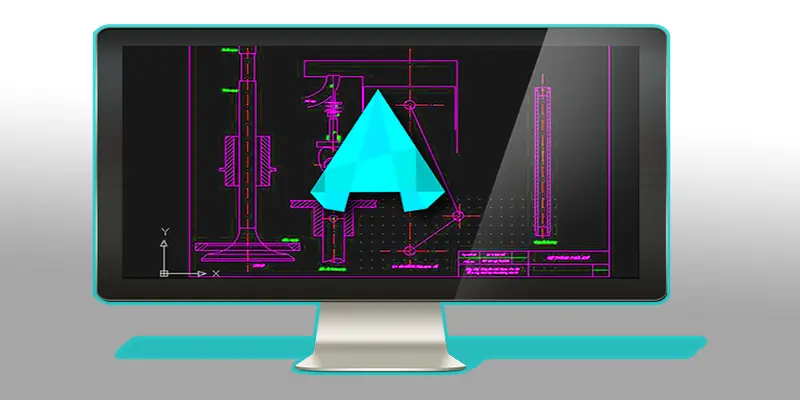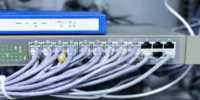Computer Hardware Engineering: What You Need to Know
Published: 15 Nov 2024
Computer Hardware Engineering
Computer Hardware Engineering is a vital field dedicated to designing, building, and enhancing the physical components of computers and electronic devices. Computer hardware engineers design and test components like processors, memory, and circuit boards to make sure devices run smoothly, efficiently, and quickly. Their work is essential for creating faster, more powerful, and more reliable technology, from everyday computers to advanced systems in cars, phones, and medical equipment. This field combines creativity and technical skills to shape how technology works and impacts our daily lives.
Example of Computer Hardware Engineering
Here are some examples of Computer Hardware Engineering in action:
- Designing Processors: Engineers work on creating faster and more efficient processors, which are like the “brain” of a computer, to make devices run quicker and handle more tasks at once.
- Developing Circuit Boards: They design circuit boards that connect all the different parts of a computer, allowing them to communicate and work together effectively.
- Improving Memory Storage: Engineers create better storage solutions, like RAM and hard drives, to help computers store and access data more efficiently.
- Testing and Troubleshooting: They test new computer parts and troubleshoot issues to ensure everything works as expected before the hardware is released to the public.
- Creating Specialized Hardware: Computer hardware engineers build parts for specific devices, like gaming consoles, smartphones, and medical machines, tailoring them to meet unique needs and functions.
What does a Computer Hardware Engineer do?
A Computer Hardware Engineer creates and improves the parts that make computers and electronic devices work. Here’s what they do:
- Design Hardware Parts: They come up with new designs for computer parts like processors, memory, and circuit boards.
- Build and Test: After designing, they build prototypes and test them to see if they work well and meet quality standards.
- Solve Problems: If something doesn’t work as expected, they find out why and fix it to make the hardware better.
- Improve Efficiency: They look for ways to make computer parts faster, smaller, and more efficient to keep up with technology needs.
- Collaborate with Teams: They often work with software engineers and other experts to ensure the hardware and software work well in devices.
History of Computer Hardware Engineers
The history of Computer Hardware Engineers dates back to the early days of computers.
- 1940s: The first computers were massive machines made from mechanical parts and vacuum tubes. Engineers started building these early systems, though they were very basic and limited.
- 1950s-1960s: As technology advanced, engineers began designing smaller, more powerful parts, like transistors, which replaced vacuum tubes. This made computers faster and more reliable.
- 1970s-1980s: The development of microprocessors allowed entire computers to fit onto a single chip. Computer hardware engineers played a key role in making personal computers more affordable and accessible.
- 1990s-Present: With the rise of the internet and mobile devices, hardware engineers began designing smaller, faster, and more efficient components, like processors for smartphones and tablets.
- Today: computer hardware engineers continue to push the boundaries of technology, creating devices that are faster, smaller, and more powerful.

Types of Computer Hardware Engineering
There are several types of Computer Hardware Engineers, each specializing in different areas of hardware development. Here are some of the main types:
Processor Designers
Processor Designers are engineers who create and improve processors, which act as the “brain” of computers and devices. They work on making processors faster and more efficient, so computers can handle more tasks at once and run smoothly. Their work helps make devices like phones, laptops, and gaming consoles perform better and keep up with new technology.
Circuit Board Designers
Circuit Board Designers are engineers who design the printed circuit boards (PCBs) inside electronic devices. These boards connect all the parts of a device, like the processor, memory, and power supply, allowing them to work together. They make sure the layout of the board is efficient, reliable, and fits within the device’s space. Their work is essential for making sure all components communicate properly and function smoothly.
Memory Engineers
Memory Engineers specialize in designing and improving the memory components of electronic devices, like RAM (Random Access Memory) and storage drives. They focus on making these parts faster, more reliable, and capable of storing more data. Their work ensures that devices can run smoothly and store information efficiently, from computers to smartphones.
Peripheral Engineers
Peripheral Engineers design the external devices that connect to a computer, such as keyboards, mice, printers, and monitors. They make sure these devices work smoothly with the computer’s internal components. Their goal is to improve the performance, usability, and compatibility of these accessories, making the overall user experience better.
Embedded Systems Engineers
Embedded Systems Engineers design specialized hardware for devices like smartphones, cars, and medical equipment. These engineers create custom hardware that performs specific tasks within a product, often working with both hardware and software. Their job is to ensure that the system is efficient, reliable, and fits perfectly within the device’s design and purpose.
Test and Quality Engineers
Test and Quality Engineers are responsible for testing computer hardware to ensure it works properly. They run tests to find any problems or weaknesses in the design and make sure the parts meet quality standards. Their job is to catch issues before the hardware is released to make sure it’s reliable and performs well for users.
What is the workplace for computer hardware engineers?
The workplace of a Computer Hardware Engineer can vary, but it generally includes:
- Offices or Labs: They often work in offices or labs where they design and test computer hardware. These spaces are equipped with computers, tools, and testing equipment.
- Design Areas: Engineers use specialized software to design hardware components like circuit boards and processors.
- Testing Facilities: They also spend time in labs where they test prototypes to make sure the hardware works as expected. This may include testing for performance, durability, and reliability.
- Collaboration Spaces: Engineers work closely with other engineers, like software engineers, and may spend time in meetings to discuss projects and solve problems together.
How to Become a Computer Hardware Engineer?
A bachelor’s degree in computer engineering, electrical engineering, or a similar discipline is normally required to work as a computer hardware engineer. You will gain knowledge in computer systems, circuit design, and electronics throughout your study. It’s also beneficial to obtain practical experience through personal projects or internships.
After graduating, you can start working in the field, and over time, you may specialize in areas like processors, memory, or embedded systems. Staying updated with new technology and continuing education can also help you advance in this career.
Conclusion about Computer Hardware Engineer
Computer Hardware Engineering plays a crucial role in creating the physical parts that make our computers and devices work. From designing processors and circuit boards to testing and improving technology, hardware engineers help build the foundation for the technology we use every day. As technology continues to evolve, computer hardware engineers will remain essential in shaping the future of electronic devices, making them faster, smaller, and more efficient.
FAQS – Computer and Hardware Engineering
What are the best schools for Computer Hardware Engineering?
Some of the best schools for Computer Hardware Engineering are:
- Massachusetts Institute of Technology (MIT)
- Stanford University
- University of California, Berkeley
- Carnegie Mellon University These schools have strong engineering programs and offer excellent resources for students.
What courses are offered in Computer Hardware Engineering?
In a Computer Hardware Engineering program, you may take courses like:
- Circuit Design
- Digital Logic and Systems
- Microprocessors and Embedded Systems
- Computer Architecture
- Electronics and Communication Systems These courses help you learn how to design and improve computer hardware.
Which colleges offer Computer Hardware Engineering programs?
Many colleges and universities offer programs in Computer Hardware Engineering, such as:
- University of Illinois at Urbana-Champaign
- University of Michigan
- Georgia Institute of Technology
- University of Texas at Austin These schools have strong engineering faculties and offer specialized programs in hardware engineering.
How can I get a degree in Computer Hardware Engineering?
To get a degree in Computer Hardware Engineering, you need to:
- Complete a Bachelor’s degree in Computer Engineering, Electrical Engineering, or a related field.
- During your degree, you’ll take courses that cover topics like circuit design, microprocessors, and computer systems.
- Some students also continue their studies with a Master’s degree for advanced knowledge in hardware engineering.
- Internships or hands-on projects will help you gain practical experience.

- Be Respectful
- Stay Relevant
- Stay Positive
- True Feedback
- Encourage Discussion
- Avoid Spamming
- No Fake News
- Don't Copy-Paste
- No Personal Attacks

- Be Respectful
- Stay Relevant
- Stay Positive
- True Feedback
- Encourage Discussion
- Avoid Spamming
- No Fake News
- Don't Copy-Paste
- No Personal Attacks





